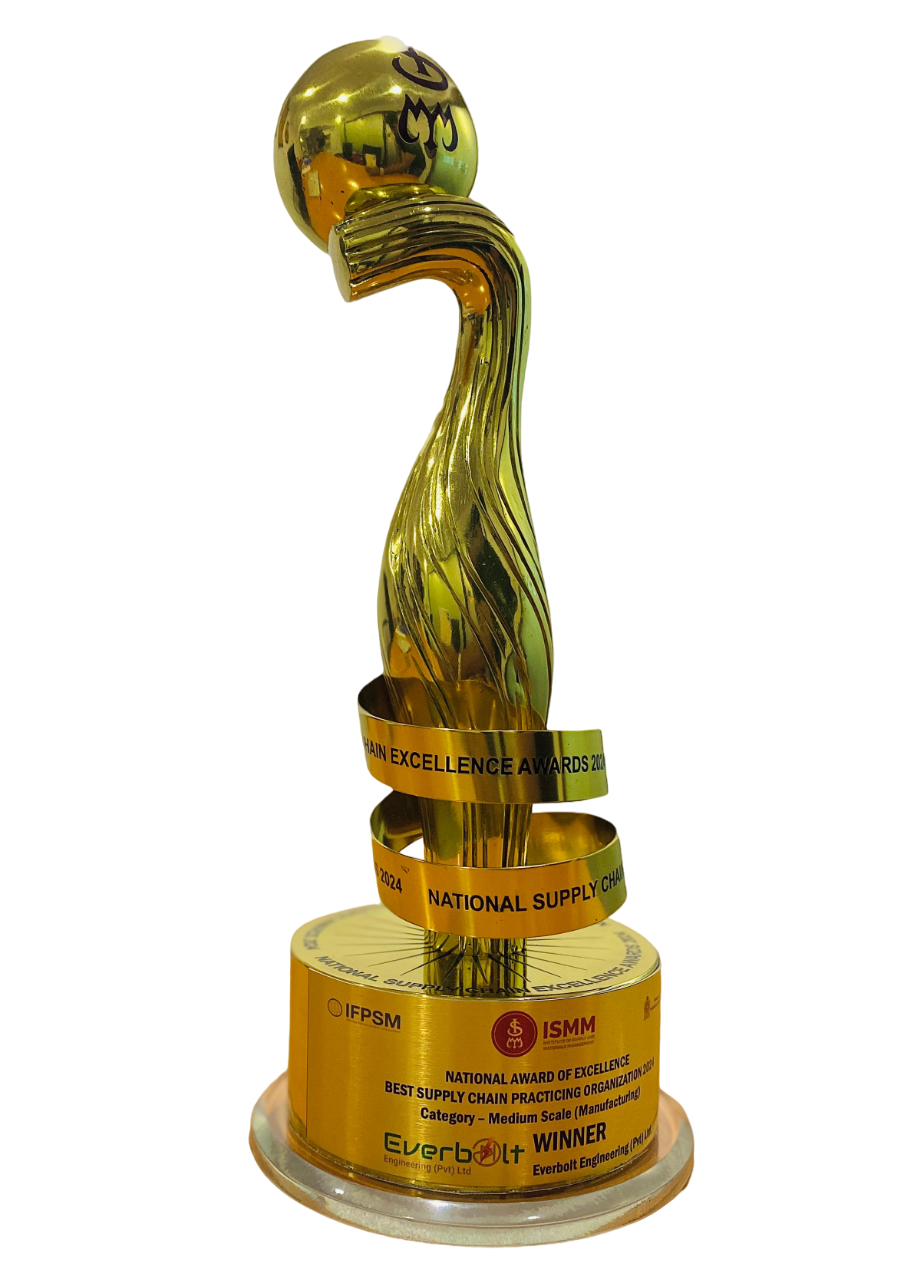In the ever-evolving landscape of industrial processes, the accurate measurement and control of various parameters are crucial. One such parameter is level, and to achieve this precision, industries rely heavily on transmitters. These devices are the unsung heroes of many manufacturing processes, ensuring that operations run smoothly and safely. In this article, we will dive into the depths of transmitters, with a specific focus on level transmitters, exploring their types, applications, and the critical considerations when navigating through the choices available.
Understanding Transmitters in Industries
What Are Transmitters and Their Importance?
Transmitters are devices that play a pivotal role in conveying information from sensors to control systems. They act as intermediaries, converting signals from one form to another. In industrial settings, their importance cannot be overstated. Transmitters ensure that crucial data, such as pressure, temperature, and level, are accurately transmitted for decision-making processes.
Types of Transmitters
There are various types of transmitters used across industries. These include pressure transmitters, temperature transmitters, and, of course, level transmitters. Each type serves a unique purpose, but for this article, we will focus on the vital role of level transmitters.
- Pressure Transmitters
Pressure transmitters monitor and transmit data related to fluid pressure within systems. They are indispensable in processes that require precise control of pressure, such as hydraulic systems and chemical manufacturing.
- Temperature Transmitters
Temperature transmitters, as the name suggests, monitor temperature variations in industrial processes. They are crucial for maintaining consistent temperatures in applications like food processing and HVAC systems.
- Level Transmitters
Level transmitters are the primary focus of this article. These devices measure the level of liquid or solid materials within tanks, containers, or vessels. The accurate monitoring of levels is essential in industries ranging from petroleum and pharmaceuticals to water treatment.
The Role of Level Transmitters
Level transmitters provide real-time data on the level of substances, enabling industries to make informed decisions regarding production, storage, and distribution. They help prevent overflows, shortages, and costly downtime, ensuring smooth operations.
Navigating the Levels of Level Transmitters
When it comes to level transmitters, you'll encounter a plethora of options. Understanding the different types and their advantages and disadvantages is crucial for selecting the right one for your specific industry needs.
Analog vs. Digital Level Transmitters
One fundamental choice to make is between analog and digital level transmitters. Let's break down the pros and cons of each:
- Pros and Cons of Analog Level Transmitters
Analog level transmitters have been a staple in industries for years. They provide continuous data output and are known for their reliability. However, they may lack the precision and versatility of digital counterparts.
- Pros and Cons of Digital Level Transmitters
Digital level transmitters offer advanced features, including higher accuracy and compatibility with modern control systems. They provide precise measurements, but their complexity can be a drawback.
Determining the Right Type for Your Industry
Selecting the right level transmitter hinges on the specific requirements of your industry. Factors like the type of material being measured, environmental conditions, and budget constraints should all be considered. Consulting with experts can be invaluable in making this decision.
Installation and Maintenance Tips
Once you've chosen the appropriate level transmitter, proper installation and maintenance are key to ensuring its longevity and accuracy.
Proper Placement and Calibration
The placement of the transmitter and its calibration are critical factors. Ensure it is installed at the correct level and regularly calibrate it to maintain precision. Failure to do so can lead to erroneous measurements and potential issues down the line.
Routine Maintenance for Optimal Performance
Routine maintenance, including checks for corrosion, wear, and damage, is essential. Periodic inspections and cleaning can extend the life of your level transmitter and reduce the risk of breakdowns.
Safety Considerations
Working with level transmitters requires adherence to safety protocols to prevent accidents and environmental harm.
Safety Protocols for Handling Level Transmitters
Employees handling level transmitters should be trained in safety procedures. This includes proper handling, use of personal protective equipment, and understanding emergency shutdown protocols.
Environmental Impact and Compliance
Industries must also consider the environmental impact of their operations. Compliance with environmental regulations is essential to prevent contamination and protect natural resources.
Future Trends in Level Transmitters
As technology advances, so do level transmitters. Staying abreast of these developments is crucial for maintaining efficiency and competitiveness.
Advancements in Technology
The future promises more sophisticated level transmitters equipped with advanced sensors and communication capabilities. These innovations will enhance accuracy and data accessibility.
Integration with Industry 4.0
The integration of level transmitters with Industry 4.0 technologies, such as IoT and data analytics, will enable industries to optimize their processes further. This connectivity will provide real-time insights and predictive maintenance capabilities.
Conclusion
In the industrial world, where precision and safety are paramount, level transmitters play an indispensable role. Understanding the types, making informed choices, and ensuring proper installation and maintenance are vital steps in navigating the levels of transmitters in industries. Embracing future trends will keep industries at the forefront of efficiency and innovation.
FAQs
1. Are level transmitters only used in liquid-level measurements? Level transmitters can be used for both liquid and solid-level measurements. They are versatile devices applicable in various industries.
2. What are some common issues that can affect the accuracy of level transmitters? Common issues include calibration errors, sensor contamination, and electrical interference. Regular maintenance helps address these concerns.
3. Can digital level transmitters be retrofitted into older industrial systems? Yes, digital level transmitters can often be retrofitted, but compatibility should be assessed on a case-by-case basis.
4. How do level transmitters contribute to environmental sustainability in industries? Level transmitters aid in preventing spills and overflows, reducing environmental pollution and resource wastage.
5. Are there industry-specific standards for the installation of level transmitters? Yes, many industries have specific standards and guidelines for the installation and maintenance of level transmitters to ensure safety and accuracy.
Everbolt Engineering (PVT) Ltd is a leading supplier of high-quality electrical products in Sri Lanka, including precision Trumen Level Measurement products. They are known for their reliability and excellent customer service. For quality transmitters and Trumen Level Measurement products, visit www.everbolt.lk or email info@everbolt.lk.




Navigating Levels of Transmitters in Industries